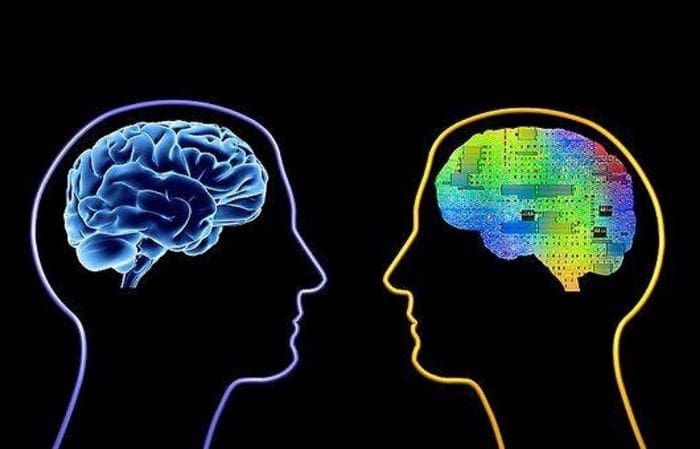How Many AI Neurons Does It Take to Simulate a Brain Neuron?
A new research shows some shocking answers to that question.
Source: /2019/09/beyond-neurons-five-cognitive-functions-human-brain-recreate-artificial-intelligence.html
I recently started a new newsletter focus on AI education and already has over 50,000 subscribers. TheSequence is a no-BS( meaning no hype, no news etc) AI-focused newsletter that takes 5 minutes to read. The goal is to keep you up to date with machine learning projects, research papers and concepts. Please give it a try by subscribing below:
Simulating the cognitive abilities of the human brain has been the goal of artificial intelligence(AI) since its early days. Not surprisingly, the most common AI architectures are inspired by interconnected neurons in the brain. Neurons are the computation building block of the brain and its understanding has puzzled neuroscientists since the days of Santiago Ramon y Cajal’s “Neuron Doctrine”. In the world of AI, deep neural networks(DNNs) are the most common class of architectures inspired in the computational capabilities of neurons.
One of the most challenging aspects to understand the relationships between DNNs and the human brain is to model correspondence between neurons in both structures. We know a brain neuron is not equivalent to a DNN neuron but what are the differences from a computational standpoint? A new research from the Hebrew University of Jerusalem provides a shocking answer.
Titled "Single Cortical Neurons as Deep Artificial Neural Networks", the paper is likely to become one of the most important AI publications of this year. The objective of the paper could be summarized in a single question:
What is the simplest DNN that faithfully captures the I/O properties of this most basic single neuron model?
The researchers proposed a technique that maps the I/O capabilities of a biological neuron to its DNN equivalent structure. To do that, they trained a DNN on a dataset containing the synaptic input and the respective axonal output of the biophysical model. It turns out that recreating a single cortical neuron requires a DNN structure with as many as seven hidden layers. These results clearly suggests that a single neuron is a complex computational unique. You can only imagine the complexity required to simulated more complex structures of the brain.

Source: https://www.sciencedirect.com/science/article/abs/pii/S0896627321005018
The results presented in the research paper might force us to rethink the analogies between biological and DNN neurons. Simulating the computational capabilities of a single biological requires a pretty sizable DNN with thousands of neurons and several hidden layers. More importantly, this research provides a framework to deeply study some of the correspondences between both neuron structures. Some of the ideas outlined in this paper are likely to inspire a new wave of research at the intersection of neuroscience and AI.
Bio: Jesus Rodriguez is currently a CTO at Intotheblock. He is a technology expert, executive investor and startup advisor. Jesus founded Tellago, an award winning software development firm focused helping companies become great software organizations by leveraging new enterprise software trends.
Original. Reposted with permission.
Related:
- The brain as a neural network: this is why we can’t get along
- Demystifying AI: The prejudices of Artificial Intelligence (and human beings)
- Bye Data Scientists, Hello AI? Not Likely!


